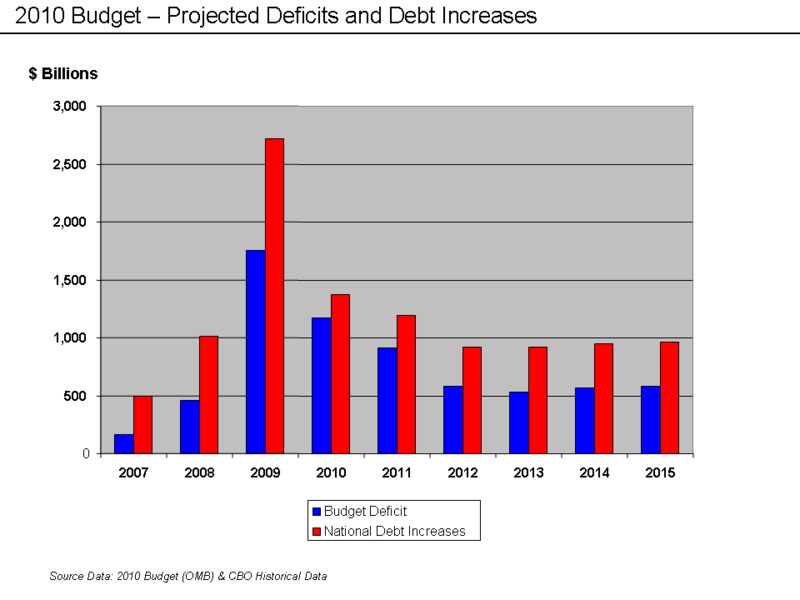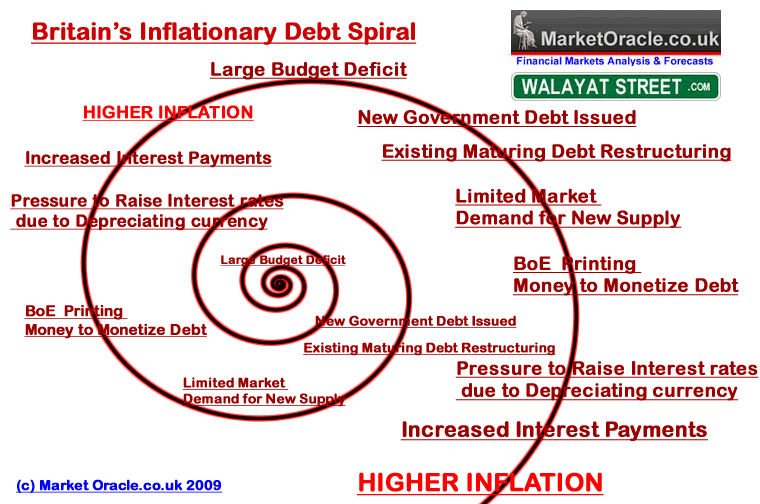National Debt Printing Money and Inflation
Post on: 16 Март, 2015 No Comment

Readers Question: If the government has a national debt, why doesnt it just print more money and pay it off?
The problem is that printing money would cause inflation and effectively reduce the value of money.
If you print more money the number of goods and services will stay the same, you just have more money. Therefore people will be willing to spend more cash for the same limited number of goods. Therefore, the price of goods would simply rise.
An analogy: Gold is valuable because it is limited in value. If the supply of Gold increases, it would simply reduces the value of a certain sized piece of Gold.
There is another problem with printing lots of money. People who bought Government debt in effect those who lent the government money, would see a fall in the value of their bonds. If there was hyper inflation the value of the bonds would become worthless. Therefore, people would be unwilling to lend money to the government in the future.
This scenario actually happened in Germany in the 1920s.
Faced with reparations from the Allies and a broken economy, the Weimar government started to print more money this led to the rampant inflation of 1922 and 1923. Money in Germany became worthless people had to get paid twice a day because money decreased in value by the hour.
People needed wheelbarrows to carry sufficient cash to pay for goods. There are apocryphal stories of people leaving the money, but stealing the wheelbarrows.

Quantitative Easing
After the recession of 2009, US and UK Central banks decided to pursue a policy of quantitative easing. This involves electronically creating money (you can think of it as printing money). They then bought government bonds. The aim of this was
- To reduce interest rates on bonds to encourage lending and spending
- Increase money supply and encourage banks to lend
In effect, the monetary authorities are paying towards the national debt by printing money. However, they argue this is not their intention. When the economy recovers, they will reverse the quantitative easing and sell back the bonds.
Also, in a recession, in a liquidity trap, printing money may not be inflationary. The reason is that there is a fall in the velocity of circulation. In other words there may be more money in the economy, but banks dont want to lend it. Therefore despite increasing the monetary base it doesnt lead to an increase in bank lending and aggregate demand; therefore inflation stays low. But, in normal circumstances printing money does cause inflation.














